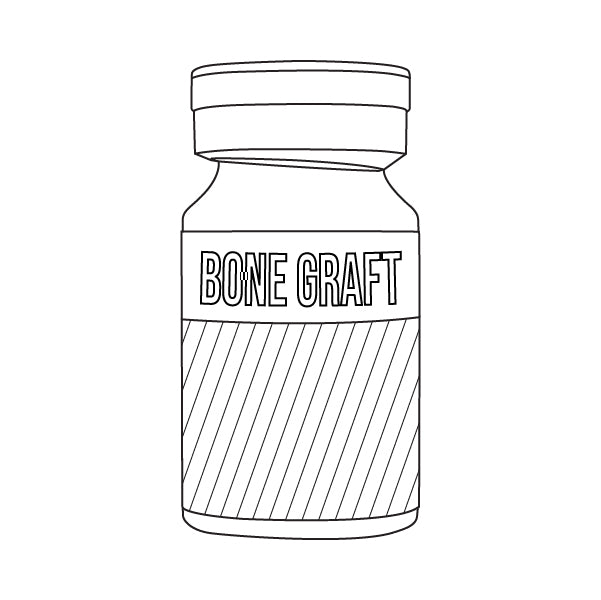Our premium membranes, including collagen and PTFE options, provide optimal support for tissue integration and regeneration, ensuring predictable outcomes.
Ideal for guided bone regeneration (GBR) and guided tissue regeneration (GTR) procedures, our membranes are designed for superior handling characteristics and biocompatibility. Achieve exceptional results with our high-quality collagen and PTFE dental membranes, tailored to enhance your dental practice and patient care.
Open Description
FAQs
Also known as guided tissue regeneration membranes or barrier membranes, dental BioMembranes are semi-permeable and very thin materials that are used extensively in the implant and periodontal industry. When inserted between the bone and soft tissue, they aid in the regeneration of gum tissue and bone.
These membranes work by promoting wound healing and the regeneration of periodontal tissue by improving the rate of cell exclusion. Many different types of BioMembranes are available. At GDT, the dentist can choose between bio-membranes, non-resorbable membrane barriers, and titanium-reinforced membrane barriers.
There are two main types of dental membranes that you can choose from when performing implants, and these are resorbable and non-resorbable membranes. Each type of membrane has specific situations and locations in the mouth where it is the better choice for the patient.
In general, resorbable BioMembranes are used for complex procedures such as maxillary sinus augmentation. Non-resorbable membranes, on the other hand, are mostly reserved for load-bearing areas, such as when conducting vertical ridge augmentation.
Resorbable membranes are further classified into different categories based on the type of material that is used, such as acellular dermal matrix, platelet-rich fibrin, pericardium, and collagen. The major downside is that the timing and degree of resorption of the BioMembrane is not always ideal.
Depending on the exact material that was used to make the BioMembrane, it will usually resorb in about two to four weeks. However, any sutures that were used to hold the BioMembranes in place will usually resorb in just five days.
In cases where the membranes do not resorb on their own, the doctor will have to remove them. Not all membranes are meant to easily resolve so this is something the patient needs to be made aware of before the procedure is done.
Resorbable BioMembranes have a wide range of applications in dental restoration, such as temporarily separating the bone defect from the surrounding tissue or acting as a barrier in GBR procedures. However, it is not always the case that the BioMembrane has to dissolve.
In some cases, a non-resorbable may be required because the dentist wants to ensure that the bones develop in the right place to pave the way for future restorations. Non-resorbable membranes are also needed to isolate the bone grafting material from the gingival tissue to allow the dentist to begin the remodeling process.








